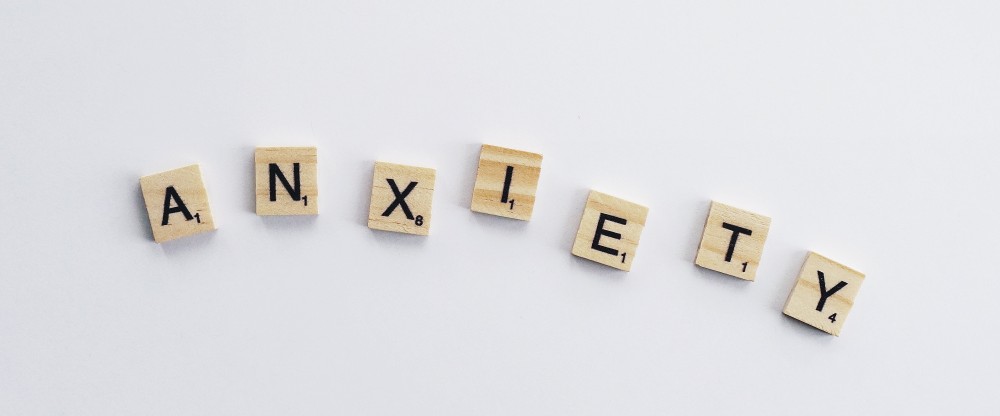
Anxiety is a normal human emotion.
It is an emotion that most people experience from time to time. Anxiety is an adaptive reaction that everyone, including animals, experiences from time to time. It is neither good nor bad. What we do with it is what matters.
Anxiety serves a purpose, and it can even be helpful. If we are truly in danger, or even just facing a difficult or uncomfortable situation or task, anxiety provides us with a sort of warning; it lets us know to be prepared, to be cautious, to be serious, or to take steps to protect ourselves.
When people feel anxious, they may use a variety of words to describe the feeling: worried, scared, nervous, unsettled, jittery, or uneasy. They might say that they are filled with a sense of dread or doom.
Many of us experience that problematic side of anxiety, with anxiety disorders being the mental health issue with the greatest prevalence. The Anxiety and Depression Association of America (2020) estimates that, in a given year, 40 million Americans 18 years or older will suffer from an anxiety disorder, causing them to feel fearful and uncertain. That is almost a fifth of the US Population.
Anxiety disorders are, in fact, one of the most common mental health concerns. A person may be diagnosed with an anxiety disorder if they feel anxious on a consistent basis, if they have difficulty controlling or managing their anxiety, if their anxiety causes them to avoid or withdraw from certain situations, if it causes significant distress, or interferes with their ability to function.
Join us Wednesdays in July where we explore
Generalized Anxiety
Social Anxiety
Specific Phobias
Panic Disorders

